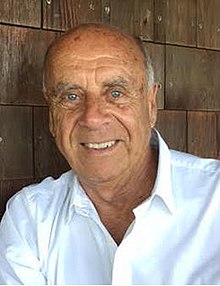
Sebastião Ribeiro Salgado Júnior is a Brazilian social documentary photographer and photojournalist.

Sally Mann is an American photographer known for making large format black and white photographs of people and places in her immediate surroundings: her children, husband, and rural landscapes, as well as self-portraits.
William Eggleston is an American photographer. He is widely credited with increasing recognition of color photography as a legitimate artistic medium. Eggleston's books include William Eggleston's Guide (1976) and The Democratic Forest (1989).
Robert Adams is an American photographer who has focused on the changing landscape of the American West. His work first came to prominence in the mid-1970s through his book The New West (1974) and his participation in the exhibition New Topographics: Photographs of a Man-Altered Landscape in 1975. He has received two Guggenheim Fellowships, a MacArthur Fellowship, the Deutsche Börse Photography Prize and the Hasselblad Award.

Garry Winogrand was an American street photographer, known for his portrayal of U.S. life and its social issues in the mid-20th century. Photography curator, historian, and critic John Szarkowski called Winogrand the central photographer of his generation.
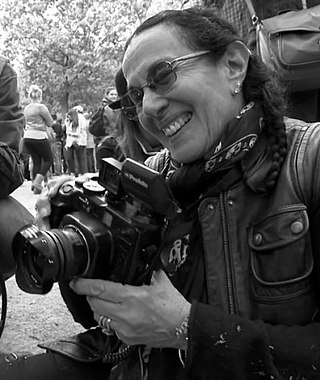
Mary Ellen Mark was an American photographer known for her photojournalism, documentary photography, portraiture, and advertising photography. She photographed people who were "away from mainstream society and toward its more interesting, often troubled fringes".

Duane Michals is an American photographer. Michals's work makes innovative use of photo-sequences, often incorporating text to examine emotion and philosophy.

Tulsa is a collection of black-and-white photographs by Larry Clark of the life of young people in Tulsa, Oklahoma. Its publication in 1971 "caused a sensation within the photographic community", leading to a new interest in autobiographical work.
Gilles Peress is a French photographer and a member of Magnum Photos.
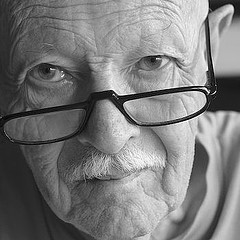
Willy Ronis was a French photographer. His best-known work shows life in post-war Paris and Provence.

John Rivers Coplans was a British artist, art writer, curator, and museum director. A veteran of World War II and a photographer, he emigrated to the United States in 1960 and had many exhibitions in Europe and North America. He was on the founding editorial staff of Artforum from 1962 to 1971, and was Editor-in-Chief from 1972 to 1977.

Stephen Shore is an American photographer known for his images of scenes and objects of the banal, and for his pioneering use of color in art photography. His books include Uncommon Places (1982) and American Surfaces (1999), photographs that he took on cross-country road trips in the 1970s.
Philip-Lorca diCorcia is an American photographer, living in New York City. He teaches at Yale University in New Haven, Connecticut.
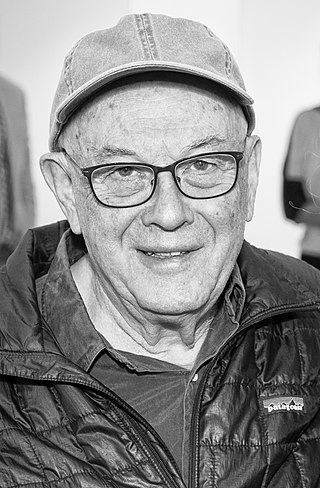
Bruce Landon Davidson is an American photographer, who has been a member of the Magnum Photos agency since 1958. His photographs, notably those taken in Harlem, New York City, have been widely exhibited and published. He is known for photographing communities that are usually hostile to outsiders.

Eugene Richards is an American documentary photographer living in Brooklyn, New York. He has published many books of photography and has been a member of Magnum Photos and of VII Photo Agency. He was born in Dorchester, Massachusetts.
Laurence Bruce Fink was an American photographer and educator, best known for his black-and-white images of people at parties and in other social situations.
Mark Haworth-Booth is a British academic and historian of photography. He was a curator at the Victoria & Albert Museum in London from 1970 to 2004.
William Clift is an American photographer known for his black-and-white imagery of landscapes and of architectural subjects. Most of his work has been made in New Mexico, including Santa Fe where he has lived and worked since 1971, and of Mont Saint Michel in France, and St. Louis, MO.
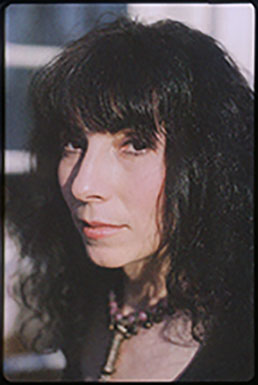
Bernis von zur Muehlen, born 1942, is an American fine arts photographer.
David Taverner Hanson is an American environmental photographer known for his striking images documenting the impact of human activities on the natural world. His large-format and aerial photographs, mixed-media works, and installations have focused on industrial and military sites. His work has been described as beautiful even though it shows the ravages of activities such as mining, toxic waste sites, industrial pollution, and deforestation. He has exhibited his photographs in many major museums such as the Museum of Modern Art in New York City, and his exhibitions have been widely reviewed.
